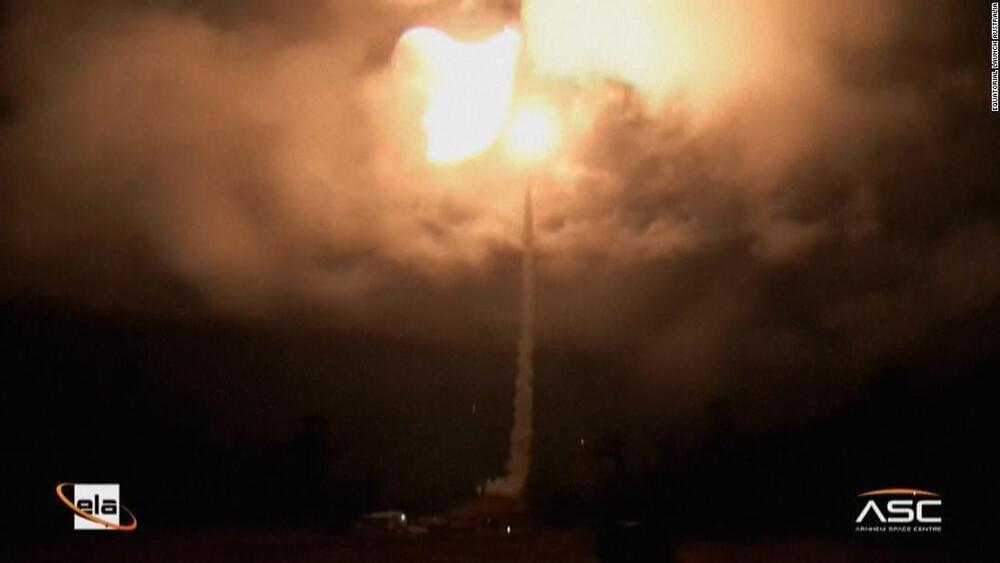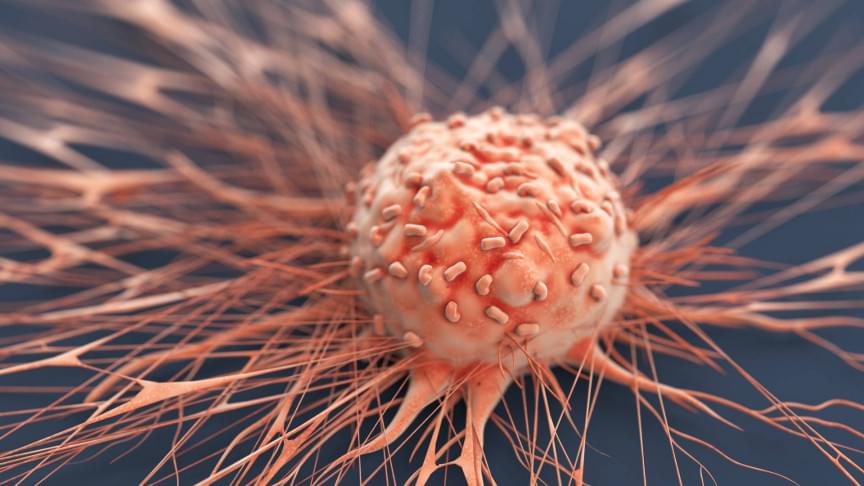Get a year of Nebula and Curiosity Stream for only $14.79 when you sign up at http://www.curiositystream.com/joescott.
We’ve been hearing about the potential of graphene for decades, and yet very few of the big promises have come to pass. But a new aluminum graphene battery design is coming out this year that could charge a phone in less than a minute, and it may be the future of energy storage.
Want to support the channel? Here’s how:
Patreon: http://www.patreon.com/answerswithjoe.
Channel Memberships: https://www.youtube.com/channel/UC-2YHgc363EdcusLIBbgxzg/join.
T-Shirts & Merch: http://www.answerswithjoe.com/store.
Check out my 2nd channel, Joe Scott TMI:
https://www.youtube.com/channel/UCqi721JsXlf0wq3Z_cNA_Ew.
And my podcast channel, Conversations With Joe:
https://www.youtube.com/channel/UCJzc7TiJ2nnuyJkUpOZ8RKA
You can listen to my podcast, Conversations With Joe on Spotify, Apple Podcasts, Google Podcasts, or wherever you get your podcasts.









